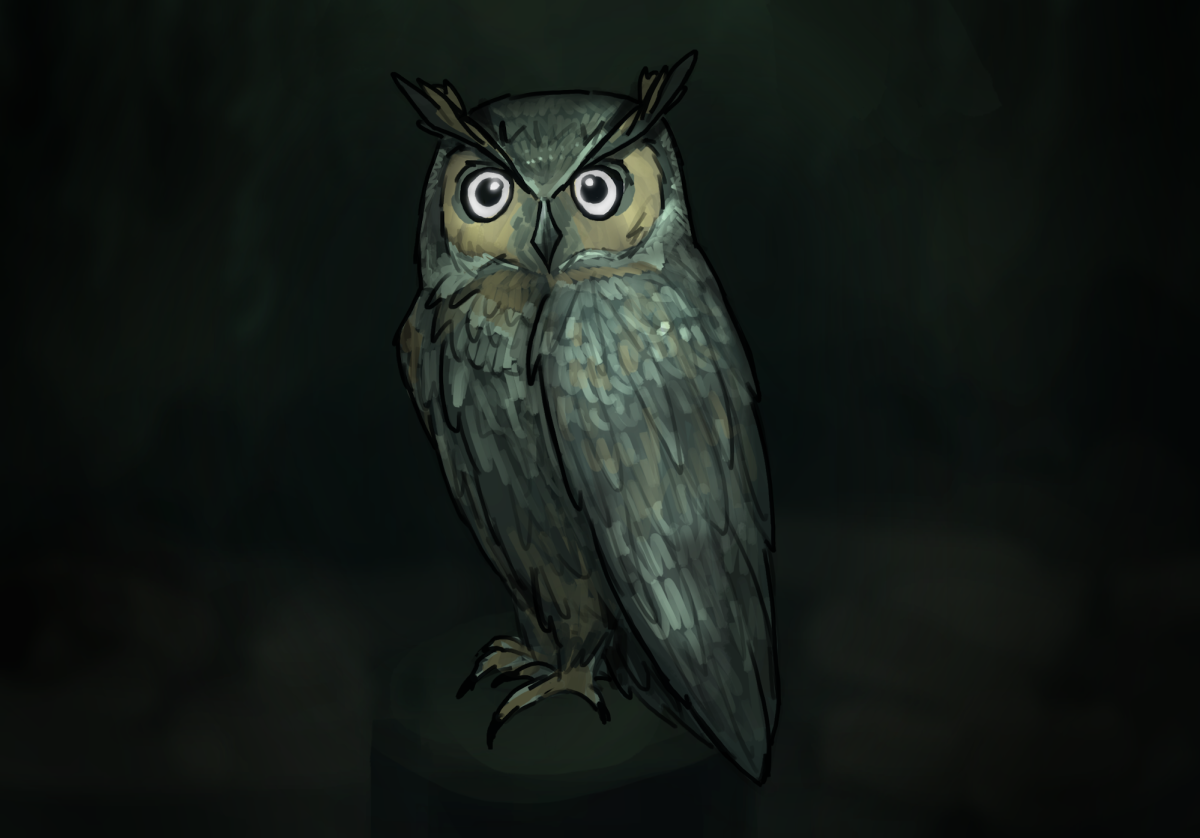In a 1870 Supreme Court Case, attorney George Graham Vest won with his speech: “The one absolutely unselfish friend that man can have in this selfish world, the one that never deserts him, the one that never proves ungrateful or treacherous is his dog.”
From 33,000 years ago, dogs have evolved alongside human beings, integrating into human society and taking up roles from hunters to cancer detectors. But even more so, they have become essential human companions.
The average American dog owner can spend over $2,000 yearly on food, toys, medical care and much more. Some keep “pet emergency funds.” After 2005, when Hurricane Katrina struck New Orleans, so many people refused to leave their homes without their dogs that Congress passed a law to facilitate disaster preparedness plans for pets. The point is, many people view their dogs as beyond simple pets. They are family.
“My first dog [is] really fat. She’s diabetic and takes a lot of extra care to take care of her. But I think it’s made our relationship stronger because I wake up in the morning I feed her special food and I give her a shot. So we have like this level of trust, you know, she looks forward to it now. She loves me and I love her. We found her on the side of the road when she was really little so we just have to trust each other,” freshman Ivy Scheib said.
Although dogs require consistent care and maintenance, daily routines such as walks and feeding aid in fostering relationships between owner and dog. The sense of responsibility creates a sense of responsibility and commitment: a stable constant from which both parties can derive satisfaction or comfort.
This comfort is only furthered by dogs’s remarkable ability to understand human emotions, a skill developed over millennia as they interact with humans to interpret facial expressions, tones of voice, and body language and respond accordingly. The mutuality of the connection generates empathy and greater understanding between the two, essential components to enduring relationships.
However, such long-term relationships and the elevated happiness or affinity that often accompanies them reaches past basic interactions into a biochemical level.
“We have an innate desire to connect with others,” psychology teacher Sharon Vires said. Dogs are born with an exceptional capacity to form strong emotional connections with any species they meet during their first three months of life. Similar to parent-child or parent-infant relationships, relationships between dogs and their owners have shown to stimulate an increased oxytocin levels in both humans and dogs, a predominant hormone in forging attachments.
Produced in the hypothalamus and released into the bloodstream by the pituitary gland, these hormones promote positive emotions, trust, social bonding, and general psychological well-being. Oxytocin also cycles in a self-sustaining feedback loop; the release of oxytocin encourages people to interact with their dogs or other pets, which in turn elicits additional oxytocin and its “feel-good” neurological responses.
“I’ve always had dogs. I feel like it’s made me a better person because you know, I love so much and I appreciate them so much,” Scheib said.
A interspecies bond persisting through thousands of years, with the mutual benefits backed by science and its emotional values reaffirmed by experience and recounted tales — dogs are undeniably “a man’s best friend.”








